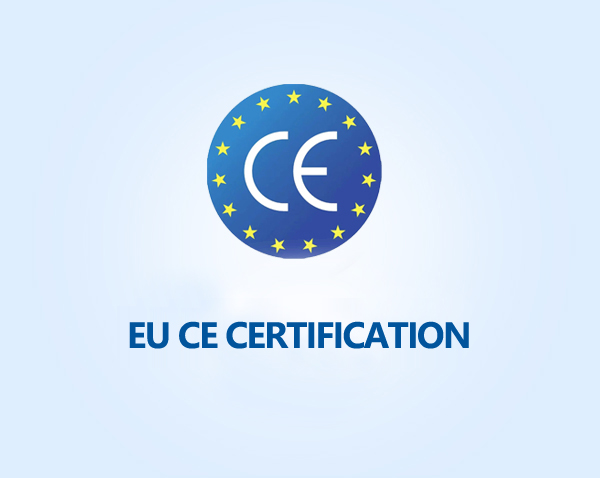
Introduction to CE Certification
CE certification is the basic product safety regulation of the European Union, which is a unified regulatory integration aimed at eliminating trade barriers within member states and facilitating the free flow of products within member states. CE is abbreviated from the French word "Communate Europpone", meaning European Community, which later developed into the European Union. All products used within the European Union, whether manufactured in European countries or sold abroad to Europe, must bear the CE mark to indicate compliance with EU regulations and can be sold and used within the EU. CE certification is also a widely recognized safety certification worldwide. Even if it is not exported to the EU market, it is still a value-added service for Chinese manufacturers and agents to apply for
Applicable countries for CE certification
In 1995, the 14 official member states of the European Union included Austria, Belgium, Denmark, Finland, France, Gemany Germany, Greece, Ireland, Italy, Luxembourg, the Netherlands, Portugal, Spain, and Sweden. The 10 countries that joined the EU in 2004 were the Czech Republic, Slovakia, Estonia, Latvia, Lithuania, Poland, Hungary, Slovenia, Malta, and Cyprus. The two countries that joined the EU in 2007 were Bulgaria and Romania. Country that joined the European Union in 2013: Croatia
The three member countries of the European Free Trade Association (EFTA) are Iceland, Liechtenstein, Norway, and Turkey, which are semi EU countries.
28 EU member states, 3 EFTA member states, 1 country applying to join the EU
CE certification processing
Under the EU CE regulatory system, the EU has developed different regulatory directives based on different types of products to meet the basic safety and health requirements of different products. The EU has also designated EU notified bodies to carry out the conformity assessment work of these regulatory directives. The applicant (manufacturer, exporter, buyer, etc.) needs to first confirm the EU directives that their products need to comply with, and then apply for CE certification for that directive from the EU notified body. The EU notified body will conduct a conformity assessment of the applicant according to the requirements of the directive. After passing the assessment, the applicant can affix the CE mark and freely circulate in the EU market.

